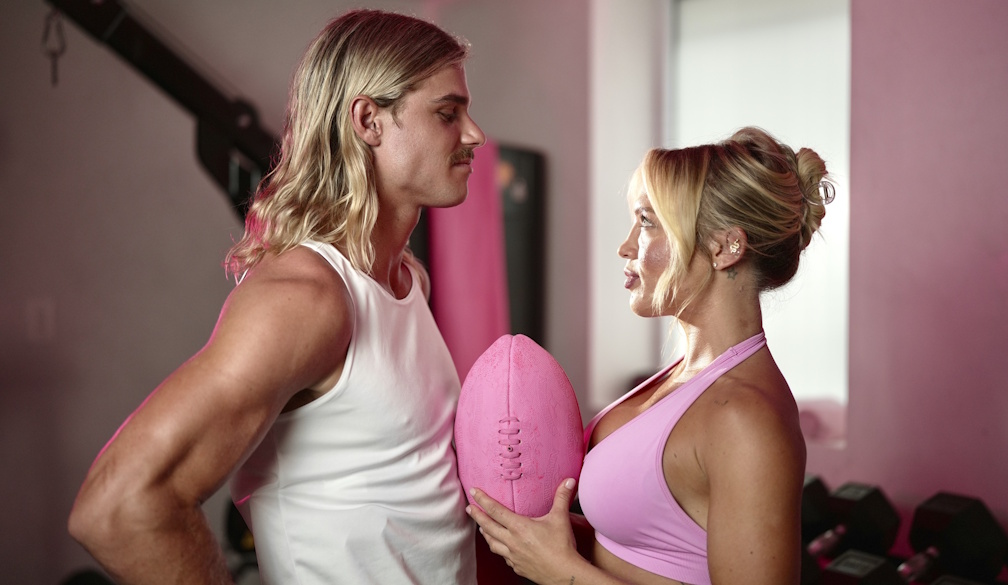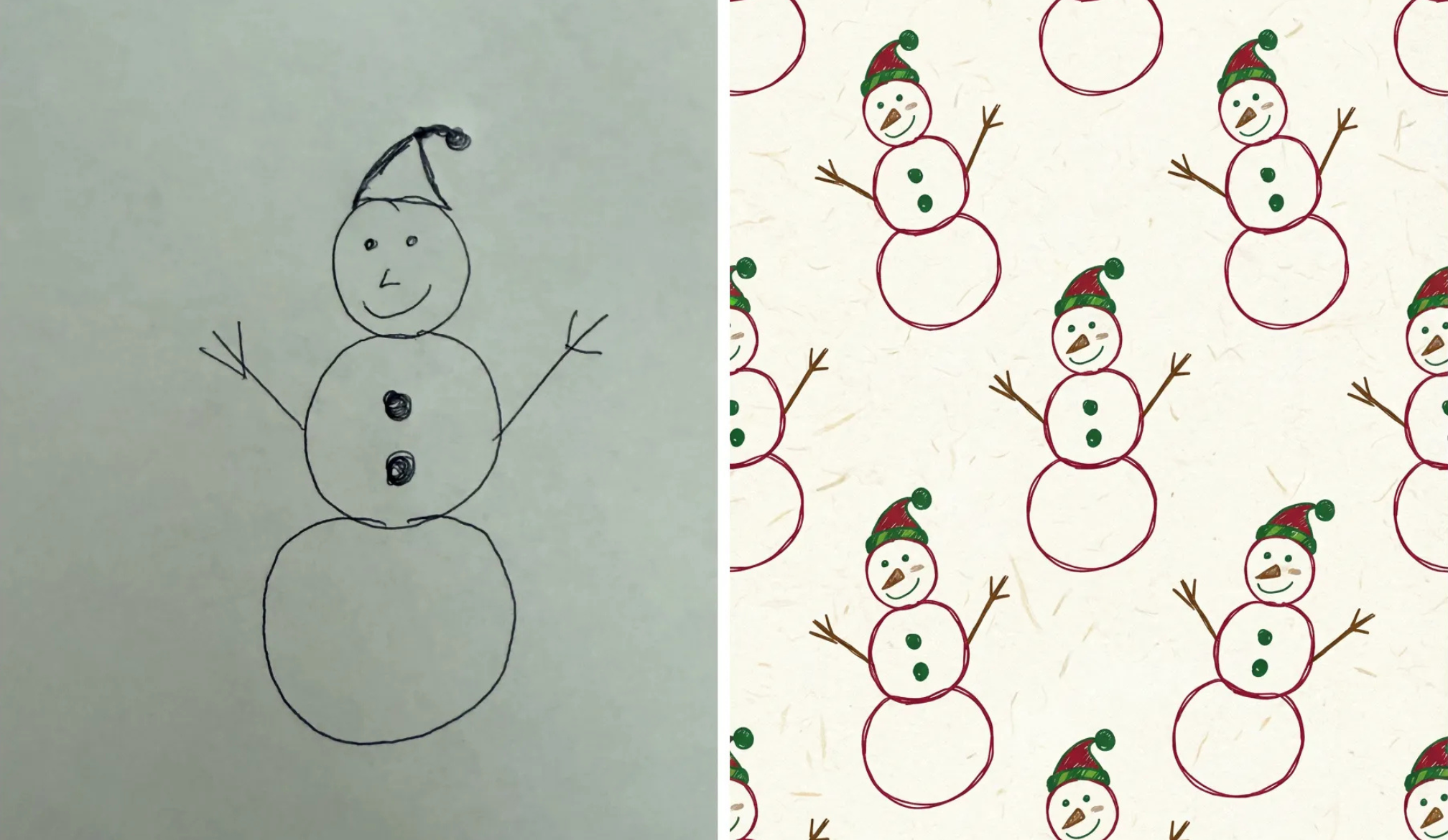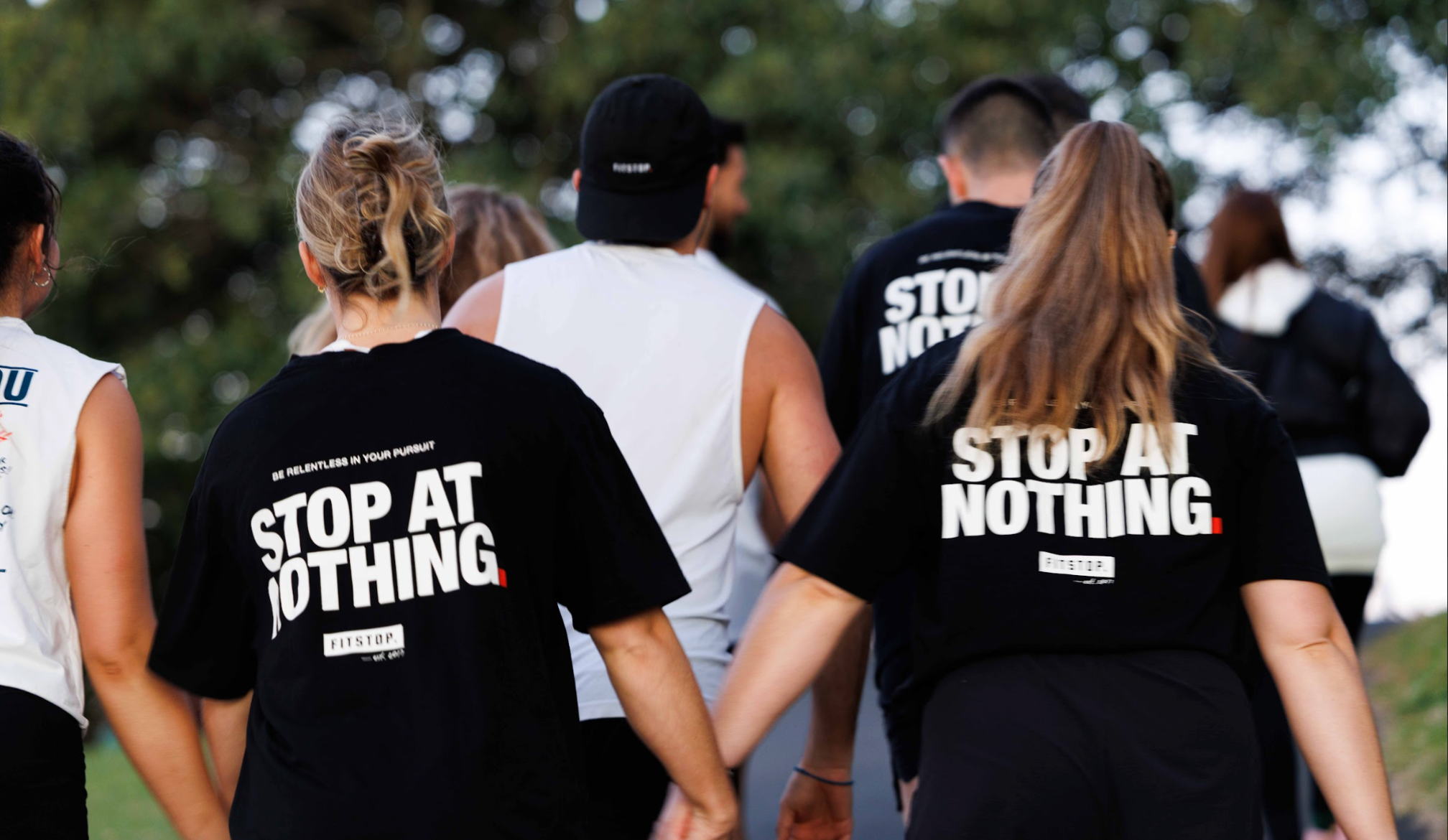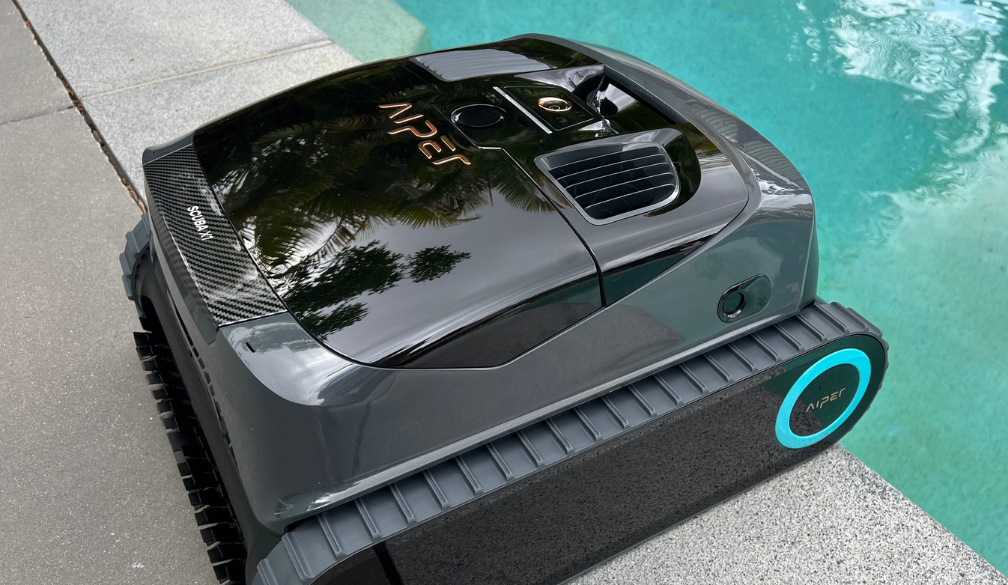Creating a DIY Iron-On Patch, Vinyl Weed Tool
- Written by The Times

DIY is the new trend. Everything from art to home improvement has gone digital. And so have our DIY products. If you’re anything like us, once you find something that works well, the thought of replicating it again seems pointless. When we first developed our iron-on patch for weed and then later added our vinyl weed tool, we were initially apprehensive about making more copies. However, we quickly realized that others would appreciate these products as much as we do. So with this in mind, here’s how you can create your own patch and tool too.
Get the materials you need:
First, you’ll need a piece of iron-on fabric. In our case, we used a black skirt from our closet. If you’re using a non-black fabric, you’ll want to make sure it’s the appropriate weight for the fabric you’re using. You’ll also need a piece of iron-on transfer paper, a piece of iron-on heat-transfer paper or transfer fabric, an iron and an ironing board. If you need to purchase the materials, they can be found online. If you have a sewing machine, you can also make your own iron on patches. Heat-transfer paper, like vinyl, is a synthetic material. This means it can be ironed onto a piece of fabric to create a patch. HTVRONT Vinyl Weeding Tools make your craft simple and easy, greatly reducing your weeding time and frustration
Iron your patch:
Iron your patch onto the fabric. To do this, set your iron on the “wrinkled” setting. Then, lay your patch face down on a piece of paper. When the patch is completely covered in wrinkles, set your iron on the “press” setting. Doing this will transfer the heat from the iron to the paper and transfer the image onto the fabric. You’ll want to let the patch cool for a few minutes before trying to remove it from the paper. If you try to remove it immediately, the paper and fabric will stick together, requiring you to use a razor blade to separate it.
Add your weed tool to an ironing board:
Now that your patch is ironed onto the fabric, you’ll want to add your weed tool. Using a piece of transfer paper or fabric, lift your weed tool image and place it on the fabric. To keep it in place, you can use a piece of scotch tape or a brad. When you’re satisfied with the placement, let the fabric air-dry for a few hours.
Wrap and bind your product
Now, you’ll want to bring your patch and tool together. You can easily do this by wrapping your product with a piece of fabric. For our patch, we used a piece of black fabric from our closet. To keep your two materials together, you can use a piece of scotch tape or a brad. When you’re satisfied with the placement, let the fabric air-dry for a few hours.
Final words
These DIY products are great for those with low vision and can’t read the information on a product. The tools are especially helpful for those who have trouble holding a tool steady. The patch is useful for those who want to identify themselves as medical marijuana patients. If you’d like to create your own patch or weed tool, start with our DIY instructions. Then, you can modify the directions to suit your needs.























